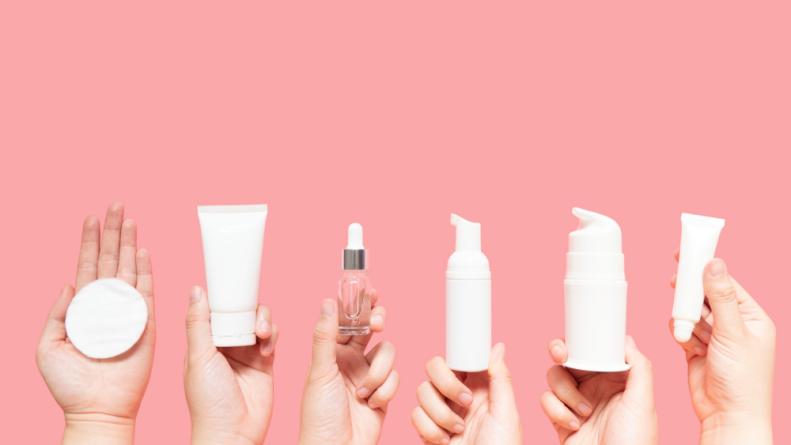A Beginner's Guide to Starting a Skincare Routine
Whether you’re looking to upgrade your current AM and PM complexion care or start a skincare routine altogether, it helps to know which products go into an effective regimen.
While you might think that simply heading to the store (or a store’s website) will make it clear which skincare products to buy, doing so without knowing what you’re shopping for can actually be more overwhelming than helpful. After all, with seemingly endless skincare products on the market, it can be jarring to see just how many bottles, tubes and jars line drugstore aisles, let alone the inventory that stocks the shelves of full-blown beauty stores like Ulta or Sephora.
That’s why, rather than beelining to a beauty aisle or store, we recommend clicking (and reading) through the slides ahead. There, you’ll find advice from a handful of skincare experts on not only the product categories any effective skincare routine needs, but how to apply them, too.









